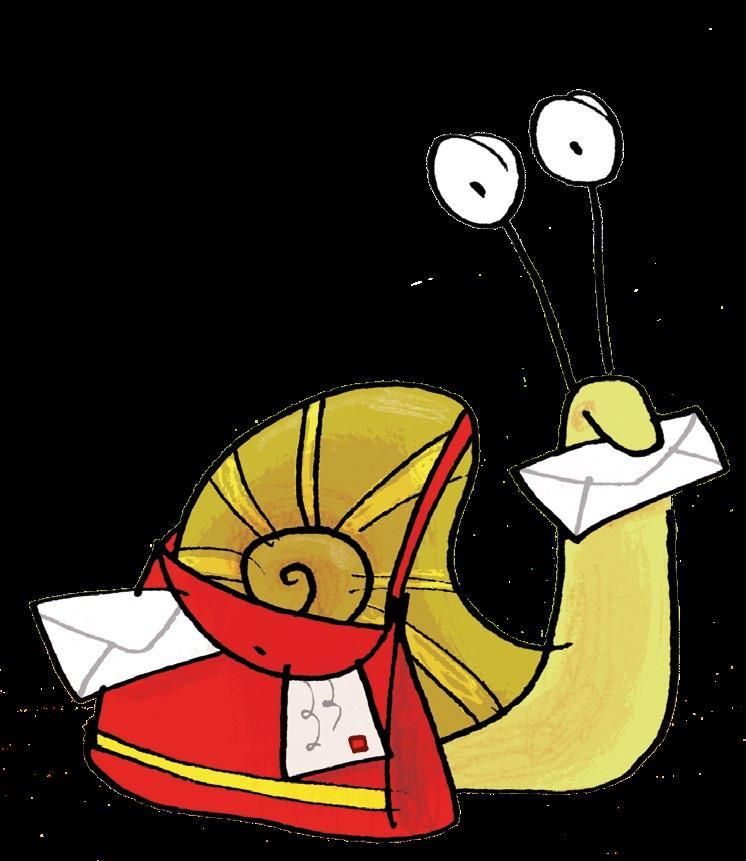Starting to read
Even before children start to recognize words by themselves, they can learn about the pleasures of reading. Encouraging a love of stories and a joy in language is the best place to start.
About phonics
When children learn to read in school, they are often taught to decode new words through phonics. This teaches them to identify the sounds of letters that are then put together to make words. An important first step is for children to hear rhymes, which help them to listen out for the sounds in words.
Phonics Story Collections
Usborne’s Phonics Story Collections provide the perfect combination of fun and phonics. They are lively and entertaining with great storylines and quirky illustrations. They have the added bonus that each story focuses on certain sounds, helping young readers consolidate their phonics knowledge.
How can you help?
ing.
encouragement and praise when they do well. If they make mistakes, suggest that they go back to problem words and try again. Always give them the opportunity to correct themselves before you help, and if they are still struggling, help them to
How sounding and blending works
It’s important to use the letter sounds rather than names, so ‘kuh-ah-tuh’ (keeping the sounds as short as you can) for ‘cat’ rather than ‘see-ay-tee’. If you say ‘kuhah-tuh’ faster and faster, you’ll hear how the sounds run together until you can hear the whole word ‘cat’. Children don’t have to do this every time they read the word, of course: once they are familiar with a word, they will start to read it more and more fluently and automatically; but this sounding and blending is the most helpful way for them to tackle new words.
“But that only works for really short and simple words.” That’s true to some extent. There are many sounds in English which use combinations of two or three letters, called digraphs or trigraphs; for example, the ch-air sounds in the word ‘chair’. Children start by learning the simple one-letter sounds and then move on to these – you may already have heard your children talk about learning their digraphs.
There are some words, too, which are very common but are not pronounced in a completely regular way. Your child’s school might call them ‘common exception words’ or ‘high frequency words’, and they include words like ‘I’ and ‘is’ and ‘he’ and ‘the’. Children soon learn to recognize these and read them without stumbling, however, because they are so common in everyday speech.
Learning more words and longer words
English is a complex language, and there is often more than one way of spelling the same sound. Consider the ‘ee’ sound in ‘meet’: it’s the same sound as the ‘ea’ in ‘read’, or ‘e-e’ in ‘these’. There’s often more than one way of pronouncing the same letter, too – the ‘a’ in ‘cat’, ‘acorn’, ‘want’ etc. After children have learned the basic phonemes and the most common ways to spell them in words, they will start to learn these many variations. School reading schemes help them to do this in a structured way, without overwhelming them, and they learn to recognize common patterns in words that look and sound similar. Rhyming stories can be especially helpful for this, or stories with a strong element of repetition.
Finding more ways to practice
If you are trying to boost your child’s reading, the more you can encourage your child to read to you, the better. If you’ve run out of reading books from school, see whether you can find others at the same level in your local library or as ebooks (several school reading schemes and many libraries have e-access). If you’re not sure of a book’s level, see if it has a Lexile measure or Accelerated Reader book level. If it’s tricky to find leveled books, try reading from a poetry book or a favorite story together: your child could have a go at reading a short poem, or could read the speech text in a story (this is often simpler than the descriptive text, and gives your child a chance to read in short bursts which is less demanding).
The single most helpful thing that you can do is to be positive about reading as an activity. Take an interest in your child’s progress, help them to feel good about reading and about how much they can already do, and show that it is something you can enjoy together. Let them see you reading for pleasure too! Your example will encourage them to see reading as something to be enjoyed.
Discover Usborne’s Phonics Story Collections
Scan the QR code to view online










